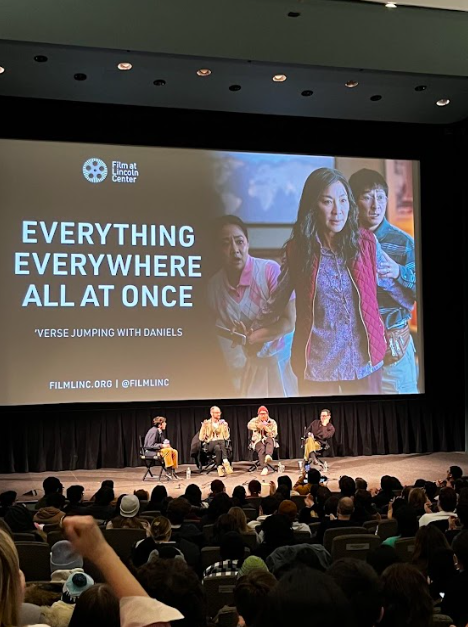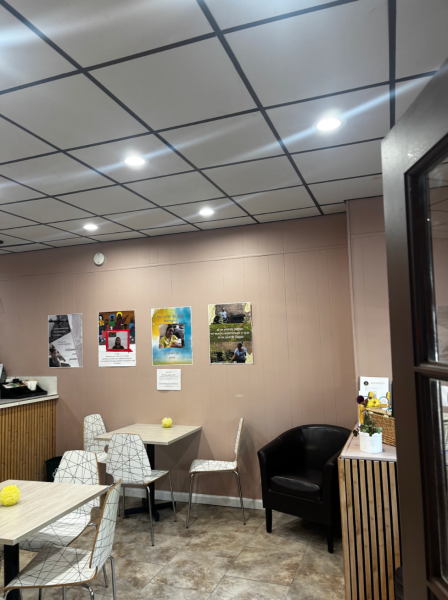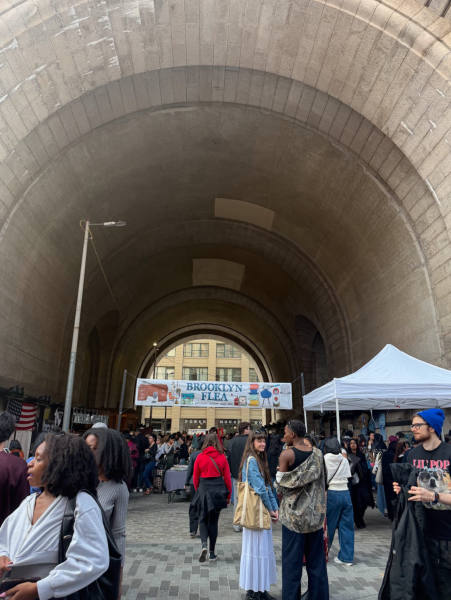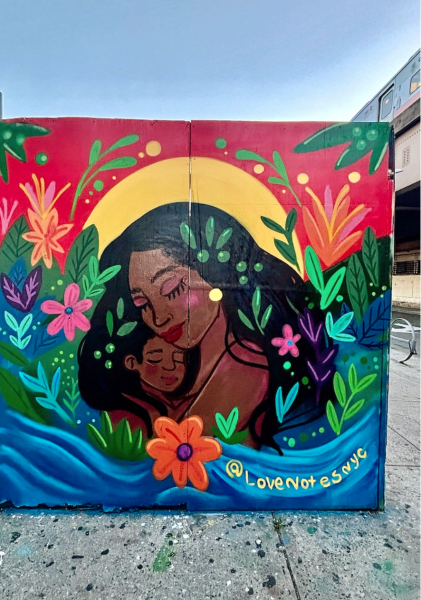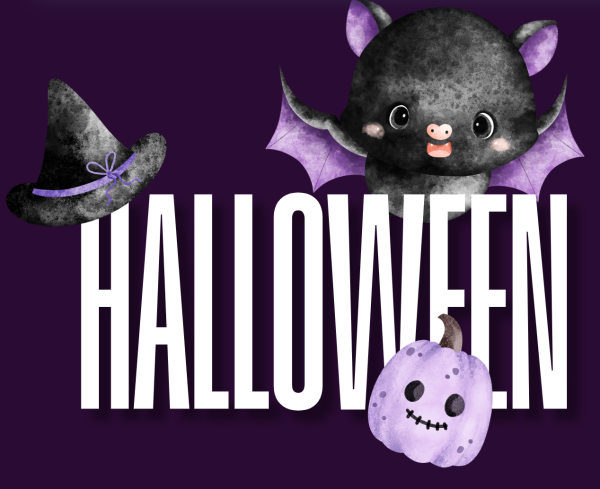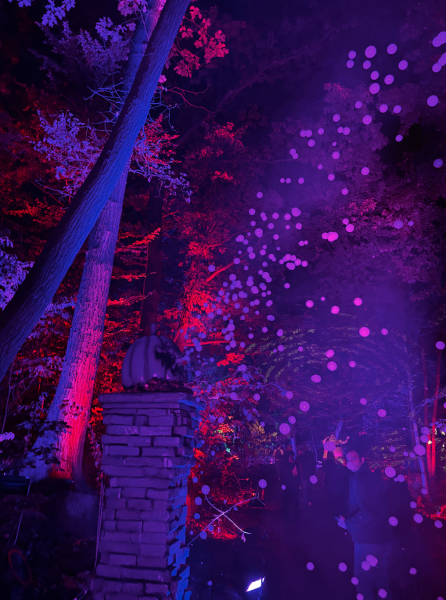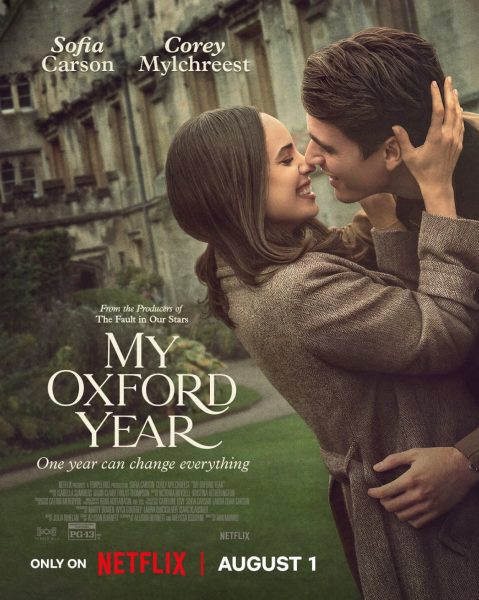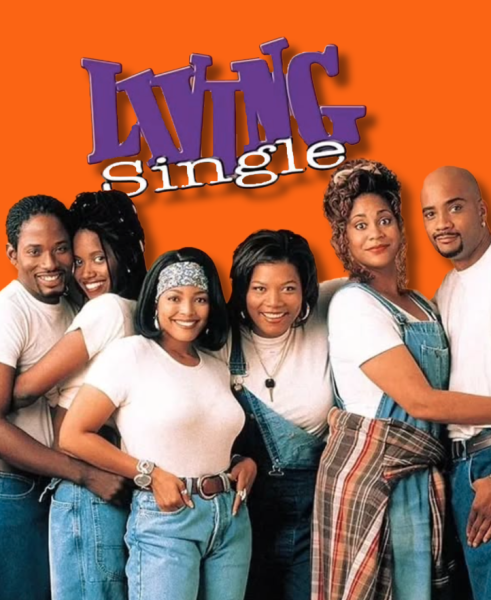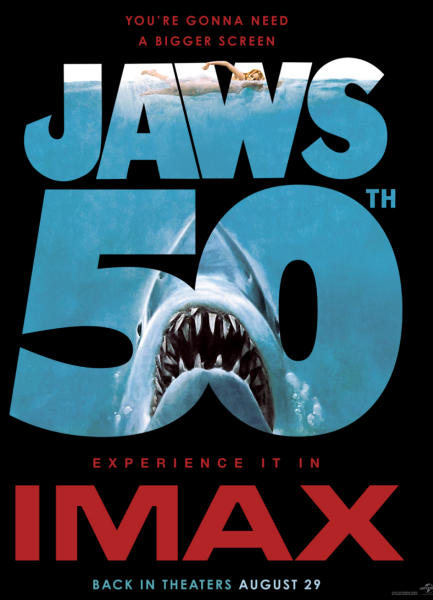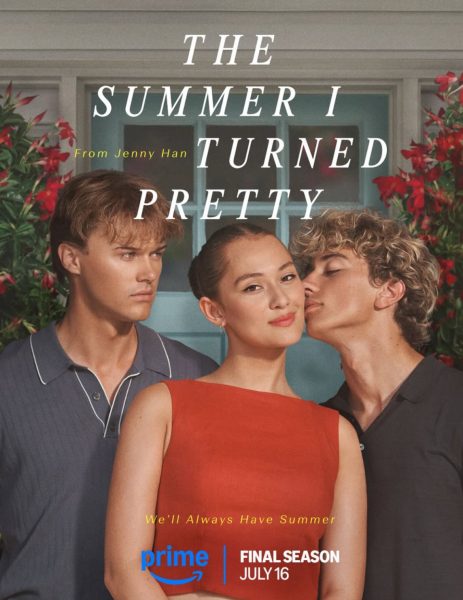How Do We Survive this Noise?: “‘Verse Jumping with Daniels”
I slept on the floor to get in. In a dingy hallway outside the concession stand at Film Lincoln Center, I slept. Drifting between sleeping, waking and waiting, I made sure I’d be admitted to an event whose labyrinthian website hinted at a 6 p.m. showing, with standing room only – whatever that meant. I waited, sleeping on the floor, for “‘Verse Jumping with Daniels,” a week-long event of screenings and live Q&As with film duo Daniel Kwan and Daniel Schienert. The event kicked off that Friday night with a screening of their recently Oscar-Nominated film “Everything Everywhere All at Once,” followed by a live Q&A with the directors and their producer Johnathan Wong.
I went in blind. I knew nothing of the Daniels’ larger body of work. I hadn’t seen any of their music videos or short films. I stepped out of “Swiss Army Man” after all the farting made me uneasy (I finally finished it recently, and if you want to see Daniel Radcliffe having a genuinely good time, I recommend it.) I’m not even much of a movie person – my favorite is “The SpongeBob Movie” (2004). But I did see “Everything Everywhere All at Once,” and, when I did, something clicked. After I saw that film, I wanted nothing less than to create, to inspire, to make something beautiful, honest and absurd. As the Pharcyde put it in their sophomore LP, “Labcaincalifornia,” “I Gotta Kick Somethin’ that Means Somethin.’” The Daniels make movies that mean something, but I didn’t know how or what. So, haggard, confused, slouched over in a standby line of like-minded floor sleepers, I went to find my answer.
For those few readers that haven’t seen the movie, I won’t spoil it. I will remind them however of their sacred duty to see this movie (pirate it, stream it, buy it with your dad’s credit card I don’t care) because it is truly magnificent. Instead, I’ll tell you what they told me about telling an honest story and how to translate that story to film.
A Daniels film is an inglorious tightrope walk between the heartbreaking and the absurd. It takes something uncinematic (like a fart or a bagel) and begs the audience to see beyond its labels into sincerity. “The best art is looking at the dumbest thing and finding something beautiful in it,” said Kwan. This key dichotomy, I found, exists within the Daniels themselves. Schienert, (whom I met, got scared, showed him my tattoo and watched as he left immediately afterwards) embodies the absurdity of a Daniels film. Kwan deals with the sincere. It’s his vision that became the throughline of the film. The melding of these two schools of thought — and these two Daniels — makes for an unmistakably human story, one rich in depth and character, never short on entertainment. For the Daniels, life is absurd. That absurdity is hilarious. That hilarity is beautiful. All of it is in fact meaningful.
On a wall in their breakroom, Daniels mounted their mantras: “how do we survive this noise,” “no matter how vast the darkness, we must find the light” and, “honk if you’re horny.”
According to its creators, “Everything Everywhere All at Once” is an elastic metaphor for how people live their lives. “Every possible narrative you’re experiencing, you’re experiencing right now,” said Kwan.
In the face of chittering stimuli in the modern world and the proposed meaninglessness it distracts from, Schienert said, “the most powerful gift we can give to someone is our attention.” It is that haunting “meaninglessness” that Daniels spent six years exploring. It’s that “attention” (or love) that became the beating heart of their film.
Producer Johnathan Wong (whom I also had the pleasure of meeting) explained how he managed to fit the Daniels’ lofty ideas into a fourteen-million-dollar budget. He called it “setting guardrails.” For Daniels, these guardrails became a playground. Literally. Wong gave them an abandoned banking complex in Los Angeles, and in it, Daniels made their masterpiece, dressing it up and filming all around it. With these limitations, Daniels expressed their film philosophy. “The human eye is fascinating,” said Schienert. “Only ten percent of it can make out precise images. As you go further out, things are still there, but they’re blurrier.” Wong and the Daniels explained that in making a film, only 10% can be as precise as you want it. Everything else will fit in, filling in that blurry space.
“Part of my job was saying, ‘we’re not making an Oscar movie here,’” joked Scienert. “Everything Everywhere All at Once” was nominated for 11 Academy Awards, 10 British Academy Film Awards, 14 Critics’ Choice Movie Awards (winning five) and six Golden Globe Awards (winning two). It was also named one of the top 10 films of 2022 by the National Board of Review and the American Film Institute.
In that blurry space, the film’s humanity made its strongest display. They crafted that opaque humanity by giving their creative team freedom to run wild. They sought quantity over quality. Daniels told their crew, “give me whatever you can because we’re trying to touch infinity.” That freedom is the key. That freedom is the joy. You lead with joy. You lead with creativity. You lead with grace. And, in doing so, you make a story true and good and beautiful.
This “everything” the film presents terrifies and confuses. It should. The directors come by that fear honestly. That fear exists in filmmaking too. But Daniels offers comfort in this madness. “I know you’re all fighting because you’re scared and confused. I’m confused too…The only thing I do know is that we have to be kind. Please, be kind. Especially when we don’t know what’s going on,” said the character Waymond Wang (Ke Huy Quan) in the film.
After having met them firsthand, I can confirm the Daniels are kind. And they are absurd. And by their being both, they make something truly worthy of your attention.





































































































































































































